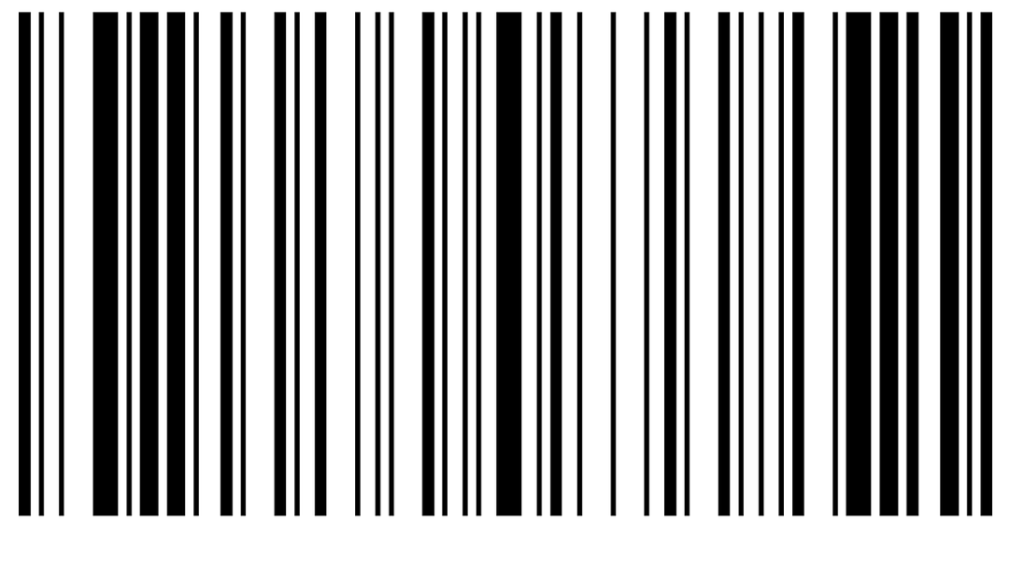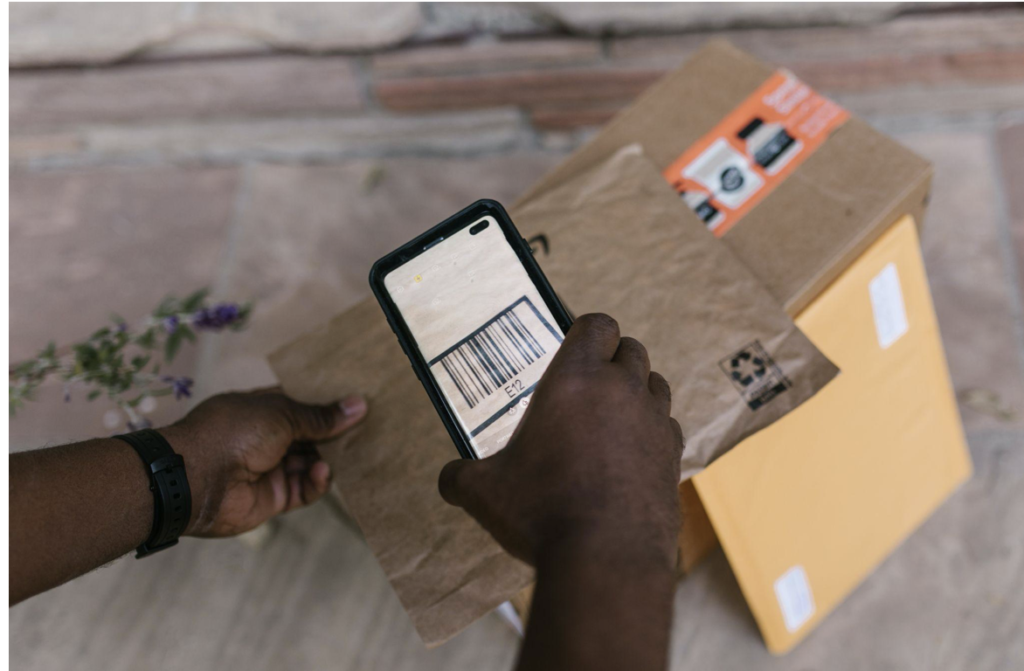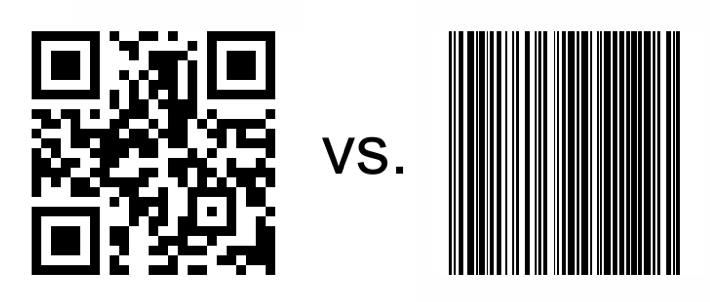Universal Product Number (UPN) for Medical, Pharmaceutical, & Surgical Products
Businesses that provide medical services, manufacture medical equipment, provide medical insurance, or enable the provision of healthcare to patients make up the healthcare sector. For many years, medical device manufacturers have been resisting barcoding owning due to a lack of awareness of the benefits that barcoding goods may provide, as well as a lack of bar code uniformity.
Although the Health Sector Bar Code (HIBC) supplier labelling standard has been in place since 1984, the medical device industry has only lately become aware of it. In 1995, the Department of Defense mandated that all medical and surgical items have a universal product number (UPN) and shortly after, group purchasing organizations and healthcare alliances followed suit.

What is a Universal Product Number?
The UPN is a product identifier that is used in the health business to uniquely identify medical products. It’s a simple and effective way to keep track of product information. It also simplifies distribution by identifying medications, medical devices, surgical instruments, and other health-related commodities in the supply chain.
The UPN consists of a machine-readable barcode, which is a series of unique black bars, and a unique 12-digit number. Letters, characters, or any other content other than the 12-digit number are not allowed in a typical UPN barcode. A barcode is a 12-digit number that identifies both the goods and the provider. So, if you want to sell goods professionally, you need to invest in UPN for your merchandise.
Understanding Universal Product Number (UPN)
Developing and operating a UPN-based system is about integrating information and material flow between an organization and its suppliers, distributors, and customers.
First, a corporation must seek to become a member of the system to receive a UPN for usage on a product. After paying a membership fee, a 6-digit manufacturer identification number is issued to all of the company’s goods, which forms the first six numbers in the UPN. The maker of the item is identified by this number.
The item number is the next five digits of the UPN. It refers to the finished result. Each corporation has a person in charge of assigning item numbers, ensuring that the same number isn’t used twice and that outdated numbers that refer to discontinued products are phased out.
Many consumer products come in a variety of sizes, flavours, and colours, and each type necessitates its item number.
The check digit is the last digit of a 12-digit UPN code. To confirm to the checkout scanner that the UPN is valid, various calculations like adding and multiplying several numbers in the code is done. This is important because the UPN will not scan properly if the check digit code is wrong.
Advantages of a Universal Product number
- Inventory tracking
UPN (Barcodes) make inventory tracking easier. It leads to a reduction in the company’s overhead and aids in the tracking of equipment’s location thus minimizing the amount of effort spent in search of it. UPNs also reduce the expense of replacing any supposed lost medical equipment.
- Simple checkout process
When a product is scanned, UPNs make it easy to identify product features such as the brand name, item, size, and colour. That’s why they were invented in the first place: to make grocery store checkout faster. Customers will be able to express themselves without having to rely on interpretation or cross-referencing. It also improves the medical/surgical distribution system’s speed and accuracy while lowering long-term running expenses.
- Medical, Pharmaceutical and Surgical Products can be found with ease
The Universal Product Number (UPN) unambiguously identifies medical/surgical items throughout the supply chain, making product distribution easier. A unique UPN will be assigned to each product at all stages of packaging, consisting of either the HIBC-LIC or UCC/EAN primary data structure.
- Human errors are eliminated
The industry-wide adoption of the UPN benefits everyone from the manufacturer to the consumer of medical/surgical equipment. Customers can identify and order needed equipment without considerable catalogue study and shopping time and cashiers have access to massive databases and cross-references for the things they sell. They both can explain their requirements in a language that everyone in the business understands.
- Promotes business expansion
Manufacturers see an increase in product visibility in the marketplace. They know specifically if a client wants to order their products and can identify and specify them when placing an order. Distributors also save money by not having to create and maintain many cross-references to keep track of their product lines.

What is the difference between QR codes and Barcodes?
The primary distinction between QR codes and barcodes is their physical size. A line of barcodes can be scanned. This implies that the quantity of data that may be stored in a single stripe is limited. QR codes, on the other hand, add a new dimension to the writing and scanning of information. These labels can be read vertically and horizontally, rather than on a single line.
A corporation can fit a lot more information into a single QR code than it can into a barcode. A typical barcode, for example, might be able to indicate a product number and its predicted position, but that’s about it. A QR code, on the other hand, can provide information on the product’s condition, when it was created, and any repairs that were made, among other things. This means that a company can gain a better overall understanding of its inventory.

Until recently, one of the biggest disadvantages of QR codes was the limited capacity to scan them. Due to the necessity to cover two dimensions instead of one, the scanners used for them were significantly more expensive than those used for ordinary barcodes. These constraints, however, have been considerably eased with the emergence of mobile WMS. Scanning can now be done with mobile devices. To examine and scan the code in its entirety, an employee only needs a smartphone or tablet with a camera, which will provide all of the information he or she requires. While barcodes remain a low-cost choice for inventory management, QR codes are becoming a more appealing alternative.
What is the Medical Data Matrix and how does it function?
A data matrix is a sort of 2D barcode that consists of square or rectangular modules with black and white cell arrays. Compared to ordinary barcodes, the data matrix contains dozens, if not hundreds, of times more information. The data matrix can store data in very small spaces. While the QR code’s minimum dimensions are 2121 modules, the Data Matrix reduces this to 1010 modules.
The error correction rate in each version of the data matrix codes is higher than the error correction rates in QR codes. When reliability is necessary, it is the most favoured sort of data code. The use of a data matrix in medication boxes is preferred since it can be scanned with a barcode reader and products can be tracked rapidly.
A single data matrix transports information horizontally and vertically while taking up one-hundredth of the space required by a normal bar code. A timing pattern consisting of distinct combinations of black and white cells in two corners and an L-shaped locator pattern in one corner is used in each data matrix. The locator pattern is used to locate and modify the code, whereas the timing pattern indicates how many columns and rows are encoded in the symbol.
Frequently Asked Questions (FAQs)
- When I order a UPN for my pharmaceutical, medical, or surgical items, what do I get?
You’ll receive an email confirmation of your UPN and/or Data Matrix graphic purchase once your order is complete. Your UPN pictures and Data Matrix are then given to you as an attachment after the barcode images are generated using the data you provided.
- Do UPN barcodes come in Image format?
You have the option of selecting the format that your graphic designer, manufacturer, and printing firm will use. EPS, PNG, JPEG, and TIFF are examples of image formats.
- What is the best way to add UPN barcodes to my products?
The best way to get your barcode on your goods is to give it to your graphic artist and have it included in the design of your package before printing.
You’ll require barcode labels if your product has already been manufactured. Please select this option when ordering your UPN and Data Matrix if you want pre-printed barcode labels. If you’ve already completed your order, you can order labels by clicking label printing.
Final thought
Companies benefit greatly from barcodes since they make doing business much more efficient. Barcodes can be used to track and record information about products ranging from single items to vast inventories of thousands or even millions of pieces. They play a vital role and offer benefits when compared to manually entering data.
